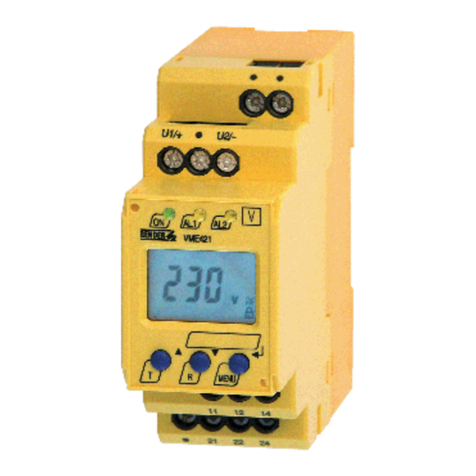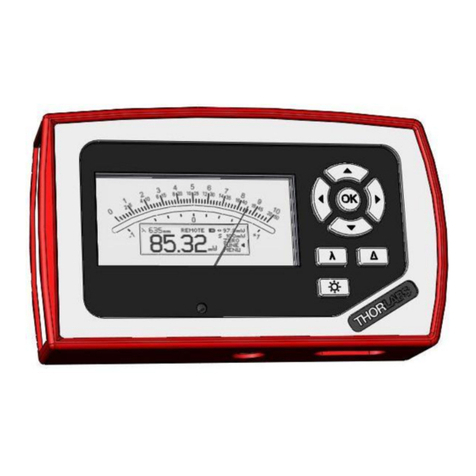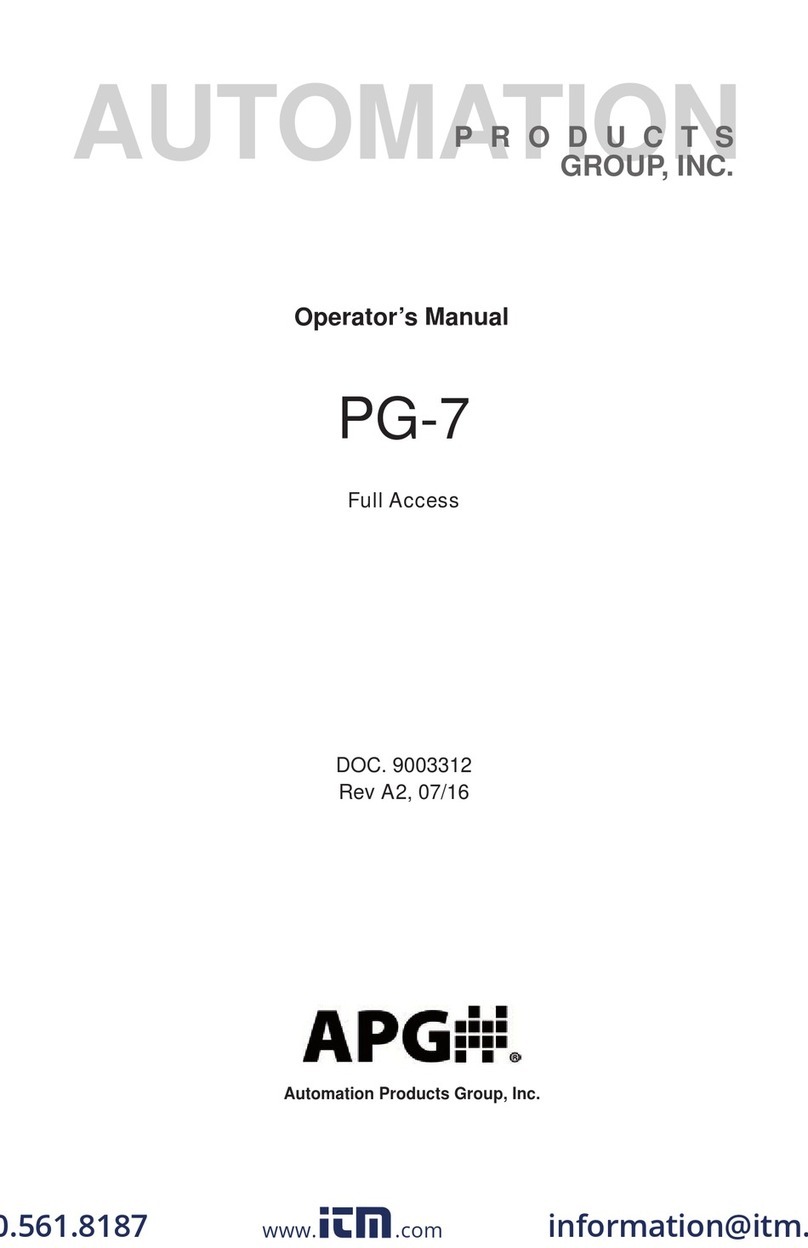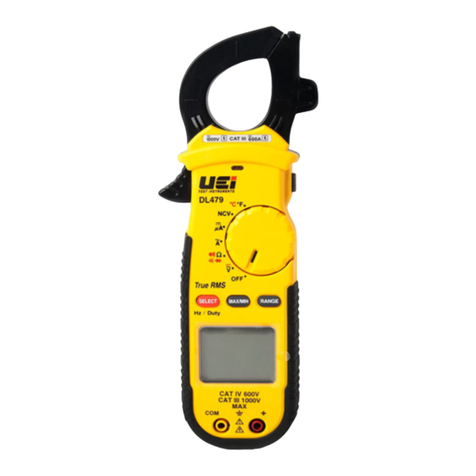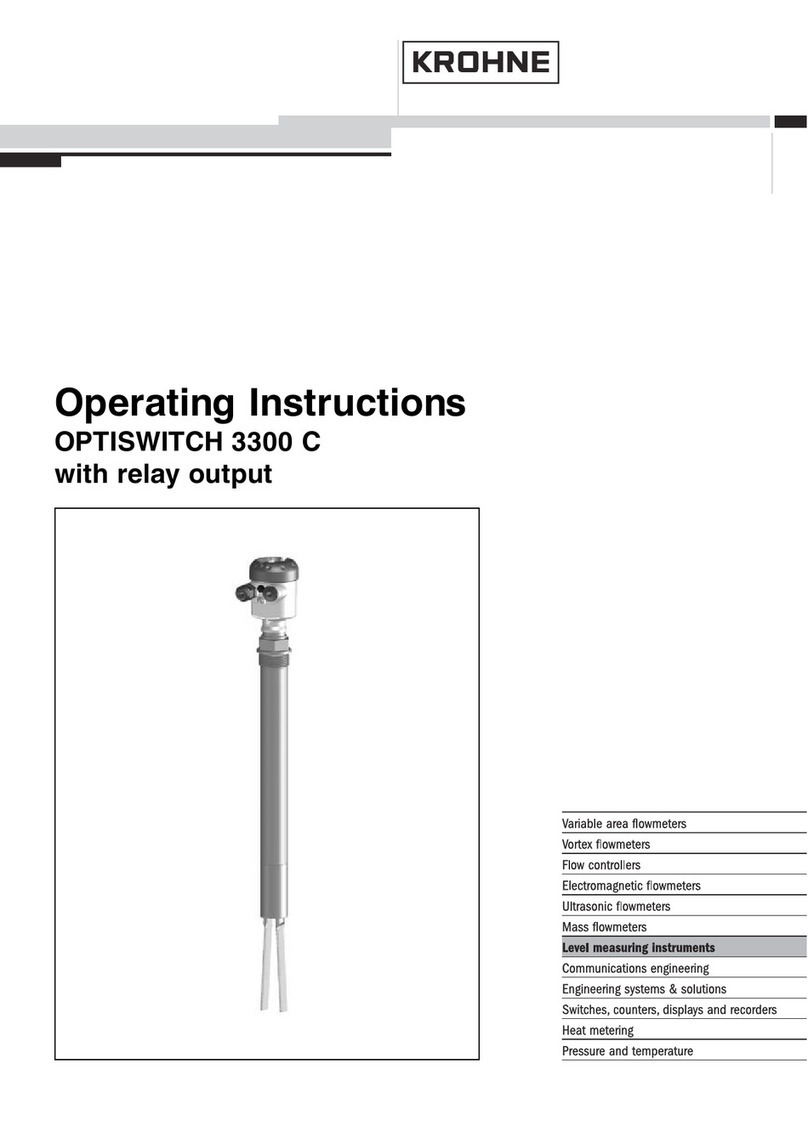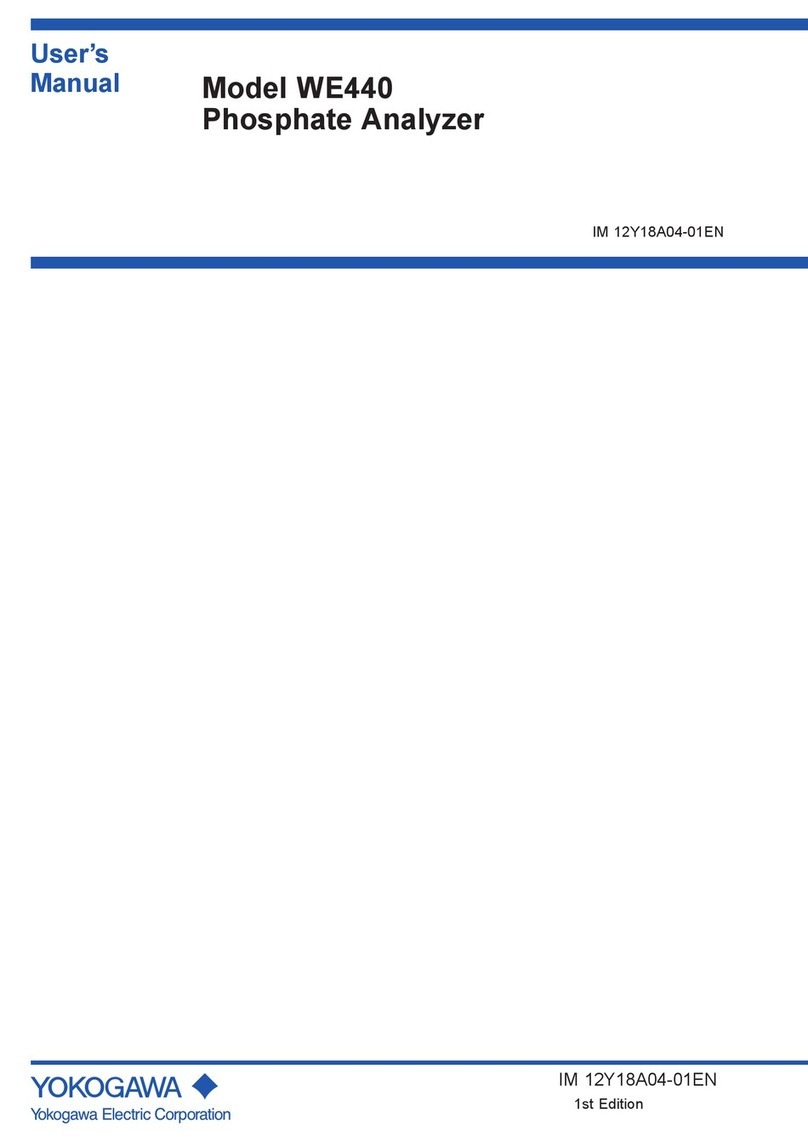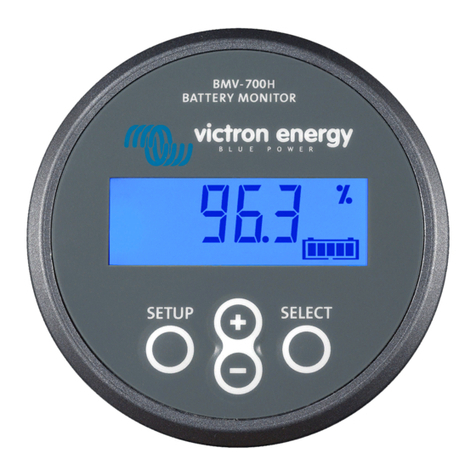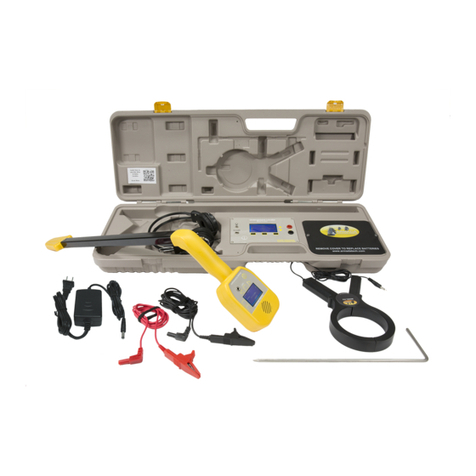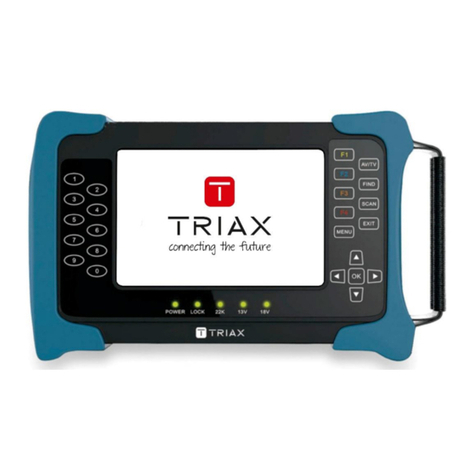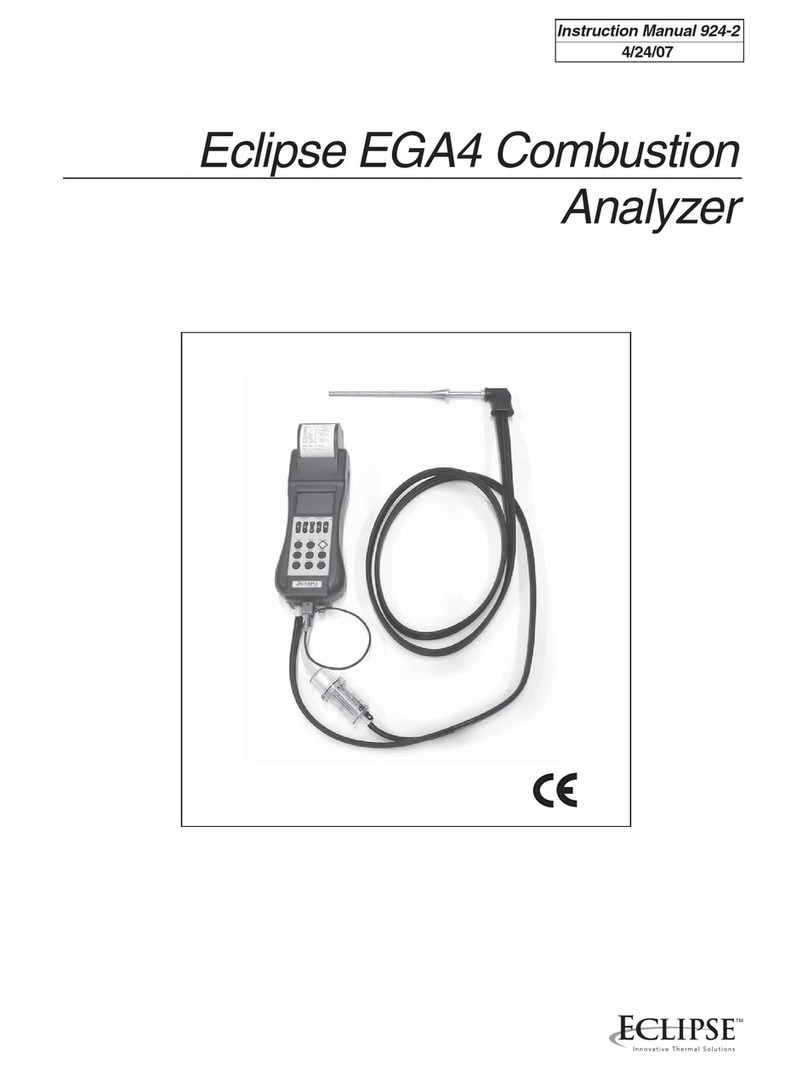Huawei AISU User manual

AISU
User Manual
Issue
02
Date
2017-06-12
Huawei Technologies Co., Ltd.

Issue 02 (2017-06-12)
Huawei Proprietary and Confidential
Copyright © Huawei Technologies Co., Ltd.
i
Copyright © Huawei Technologies Co., Ltd. 2017. All rights reserved.
No part of this document may be reproduced or transmitted in any form or by any means without
prior written consent of Huawei Technologies Co., Ltd.
Trademarks and Permissions
and other Huawei trademarks are trademarks of Huawei Technologies Co., Ltd.
All other trademarks and trade names mentioned in this document are the property of their respective
holders.
Notice
The purchased products, services and features are stipulated by the contract made between Huawei and
the customer. All or part of the products, services and features described in this document may not
be within the purchase scope or the usage scope. Unless otherwise specified in the contract, all
statements, information, and recommendations in this document are provided "AS IS" without warranties,
guarantees or representations of any kind, either express or implied.
The information in this document is subject to change without notice. Every effort has been made in the
preparation of this document to ensure accuracy of the contents,but all statements, information, and
recommendations in this document do not constitute a warranty of any kind, express or implied.
Huawei Technologies Co., Ltd.
Address: Huawei Industrial Base
Bantian, Longgang
Shenzhen 518129
People's Republic of China
Website: http://www.huawei.com
Email: support@huawei.com

AISU
User Manual
About This Document
Issue 02 (2017-06-12)
Huawei Proprietary and Confidential
Copyright © Huawei Technologies Co., Ltd.
ii
About This Document
Overview
This document describes the antenna information sensor unit (AISU) in terms of the
application scenarios and installation, configuration, and maintenance methods, providing
guidance for users to operate and maintain theAISU.
Intended Audience
This guide is intended for:
Field engineers
Maintenance engineers
Network planners
Changes History
02 (2017-06-12)
This is the second release.
01 (2016-02-19)
This is the first release.
Draft A (2015-09-14)
This is Draft B.
Draft A(2015-03-24)
This is Draft A.

AISU
User Manual
Contents
Issue 02 (2017-06-12)
Huawei Proprietary and Confidential
Copyright © Huawei Technologies Co., Ltd.
iii
Contents
About This Document.................................................................................................................... ii
1 Device Description .......................................................................................................................1
1.1 AISU Introduction.........................................................................................................................................1
1.2 Specifications .................................................................................................................................................1
1.3 Appearance Description...............................................................................................................................2
1.4 Description of AISU SNs..............................................................................................................................3
1.5 AISU Software Version.................................................................................................................................3
2 Application Scenarios ..................................................................................................................5
2.1 Typical Application Scenarios .....................................................................................................................5
2.1.1 Ideal Scenario........................................................................................................................................5
2.1.2 Recommended Scenario ......................................................................................................................6
2.2 Complex Application Scenarios ..................................................................................................................6
2.2.1 Installation with Electromagnetic Radiation ....................................................................................6
2.2.2 Installation with the Multipath Effect Caused by Reflection .........................................................7
2.2.3 Scenarios to Be Avoided......................................................................................................................7
3 Installation and Replacement.....................................................................................................8
3.1 General Safety Precautions ..........................................................................................................................8
3.2 Operation Precautions ..................................................................................................................................9
3.3 Installation and Maintenance Tools..........................................................................................................10
3.4 Installation Guide ........................................................................................................................................10
3.4.1 Bracket Pre-Assembling under the Tower......................................................................................10
3.4.2 Installation on the Tower ..................................................................................................................12
3.4.3 Fixing the Cables ................................................................................................................................14
3.5 AISU Replacement ......................................................................................................................................14
4 Networking Modes.....................................................................................................................15
4.1 Regular Installation Scenario .....................................................................................................................15
4.2 Daisy-Chain Installation Scenario.............................................................................................................18
5 Configuration Guide ..................................................................................................................19
5.1 AISU Used with Huawei Base Stations....................................................................................................19
5.1.1 AISU Configurations .........................................................................................................................20

AISU
User Manual
Contents
Issue 02 (2017-06-12)
Huawei Proprietary and Confidential
Copyright © Huawei Technologies Co., Ltd.
iv
5.1.2 AISU Maintenance and Configurations..........................................................................................28
5.2 AISU Used with Base Stations of Other Suppliers..................................................................................32
6 Maintenance Guide ....................................................................................................................33
6.1 AISU Used with Huawei Base Stations....................................................................................................33
6.1.1 Non-Alarm Maintenance ..................................................................................................................33
6.1.2 Alarm Maintenance ...........................................................................................................................36
6.1.3 AISU Replacement .............................................................................................................................40
6.2 AISU Used with Base Stations of Other Suppliers..................................................................................40
A Appendix .....................................................................................................................................41
A.1 Acronyms and Abbreviations...................................................................................................................41
A.2 Frequency Bands of the Device Information ..........................................................................................42

AISU
User Manual
1 Device Description
Issue 02 (2017-06-12)
Huawei Proprietary and Confidential
Copyright © Huawei Technologies Co., Ltd.
1
1 Device Description
1.1 AISU Introduction
The AISU measures antenna engineering parameters, including the azimuths, mechanical tilts,
longitude, latitude, and altitude. The AISU is installed at the top of an antenna to perform
GPS-based direction measurement. The AISU, base station, and network management system
(NMS) are used together to implement the Self-Aware Antenna(SAA) solution, in which the
antenna engineering parameters can be remotely queried on the NMS in real time.
1.2 Specifications
Table 1-1 lists the AISU specifications.

AISU
User Manual
1 Device Description
Issue 02 (2017-06-12)
Huawei Proprietary and Confidential
Copyright © Huawei Technologies Co., Ltd.
2
Table 1-1 AISU specifications
Azimuth Precision (°)* ±2
Mechanical Tilt Precision
(°) ±0.5
Horizontal Positioning
Precision (m)* < 6
Vertical Positioning
Precision (m)* < 3
Protocol Compliance AISG-ES-RAE V2.1.0
Input Voltage Range (V) 10 to 30 (DC)
Power Consumption (W) < 2.5 (@ 12 V)
Connector 8-pin male connectors compliant with the IEC 60130-9 standard
Connector Pin
1
2
3
4
5
6
7
8
DC
n/c
RS-485B
n/c
RS-485A
DC
DC return
n/c
Device Weight (kg) 0.85
Packing Weight (kg) 1.9
Operating Temperature (°C) -40 to +65
Surge Protection
Specifications (kA) 5 (8/20 μs)
Ingress Protection Rating IP65
Device Dimensions (H x W
x D) (mm)
37 x 325 x 129 (including connectors and not including mounting
brackets)
Packing Dimensions (H x W
x D) (mm) 100 x 470 x 187.5
* indicates that the item is affected by the multipath environment, number of visible satellites,
satellite geometric distribution, ionospheric activeness, and SBAS using and observation time.
1.3 Appearance Description
The AISU contains only one AISG male connector.

AISU
User Manual
1 Device Description
Issue 02 (2017-06-12)
Huawei Proprietary and Confidential
Copyright © Huawei Technologies Co., Ltd.
3
Figure 1-1 AISU appearance
Figure 1-2 AISU on the antenna
1.4 Description of AISU SNs
The device SN of theAISU consists of 19 characters. In the device SN, the third character Z
indicates that the device is an AISU, and the fourth to seventh characters AISU indicates that
the device is an AISU.
Example:
HWZAISU069441521123
1.5 AISU Software Version
The AISU software version can be obtained at http://support.huawei.com.
Software version of AISU is V100R001.
Table 1-2 describes base station versions supported by the AISU.

AISU
User Manual
1 Device Description
Issue 02 (2017-06-12)
Huawei Proprietary and Confidential
Copyright © Huawei Technologies Co., Ltd.
4
Table 1-2 Base station versions supported by theAISU
RAT Version
SRAN9.0 SRAN10.1 SRAN11.0 and
Later
LTE TDD Supported Supported Supported
LTE FDD Supported Supported Supported
GSM Not supported Not supported Supported
UMTS Not supported Not supported Supported
This document describes configuration and maintenance processes for DBS3900 LTE
V100R007C00 (eRAN7.0). For co-MPT base stations in SRAN9.0, this document is also
applicable to configurations of GSM and UMTS modes because commands for GSM, UMTS,
and LTE modes are the same.

AISU
User Manual
2 Application Scenarios
Issue 02 (2017-06-12)
Huawei Proprietary and Confidential
Copyright © Huawei Technologies Co., Ltd.
5
2 Application Scenarios
In the current version, the AISU supports most Huawei antenna models. However, the AISU
still does not support certain Huawei antenna models. In later versions, the AISU will be
optimized to enhance its compatibility with these antenna models.
For details about the antenna models supported by the AISU, see Antenna List for the AISU.
Whether theAISU is applicable to antennas provided by other suppliers must be determined based on
the antenna installation test results.
When installing the AISU in complex antenna application scenarios, comply with the
following principles:
If obstructions exist, block the north part of theAISU if it is installed on the northern
hemisphere and block the south part of the AISU if it is installed on the southern
hemisphere to ensure less impact on theAISU.
Do not install theAISU under a strong electromagnetic radiation source.
Do not install the AISU near a metal cabinet, such as an air conditioner cabinet.
The AISU cannot be used when multiple antennas are deployed above the AISU on the
same pole.
The following sections describe theAISU installed in different scenarios.
2.1 Typical Application Scenarios
2.1.1 Ideal Scenario
In the ideal scenario, there is no obstruction within the range when the antenna horizontal
elevation angle is 10°, as shown in Figure 2-1.
In this scenario, the antenna is installed on a pole. During the test, the optimal measurement
result can be obtained after 2 hours.

AISU
User Manual
2 Application Scenarios
Issue 02 (2017-06-12)
Huawei Proprietary and Confidential
Copyright © Huawei Technologies Co., Ltd.
6
Figure 2-1 Ideal scenario
2.1.2 Recommended Scenario
In the recommended scenario, there is no obstruction within the range of 120° above the
antenna, as shown in Figure 2-2.
In this scenario, the antenna is installed on an elevated tower or iron tower. During the test,
the optimal measurement result can be obtained after 4–6 hours. However, if there are
maintenance platforms or dense metals (such as angle steel towers with maintenance
platforms), the optimal measurement result can be obtained after 12 hours.
Figure 2-2 Recommended scenario
2.2 Complex Application Scenarios
2.2.1 Installation with Electromagnetic Radiation
The AISU should not be directly radiated by large power because the GPS receiver sensitivity
is high. However, if the radiation cannot be avoided, install the AISU in compliance with the
following principles to ensure the AISU measurement precision, as shown in Figure 2-3.
The AISU should be far away from the main lobe of the radiation source. For example,
the AISU should be installed outside the radiation scope of antennas with other types of
power.
The AISU should be at least 5 m away from the radiation source.
No obstructions above
No obstructions above

AISU
User Manual
2 Application Scenarios
Issue 02 (2017-06-12)
Huawei Proprietary and Confidential
Copyright © Huawei Technologies Co., Ltd.
7
Figure 2-3 Installation with electromagnetic radiation
2.2.2 Installation with the Multipath Effect Caused by Reflection
GPS has high reception sensitivity. It is sensitive to multipath signals. Severe multipath
effects have an impact on direction determination. In principles, the AISU cannot be used in
reflection scenarios. If the AISU needs to be used in reflection scenarios, install it in the way
shown in Figure 2-4.
Figure 2-4 Installation with the multipath effect
Restricted by the GPS performance, existing test results indicate that obstructions on the top
of the antenna, electromagnetic radiation, and multipath effect caused by the complex
environment and harsh climate seriously affect the test precision. As the factors are complex
in actual application, the guide for installing theAISU in complex scenarios will be updated
subsequently.
2.2.3 Scenarios to Be Avoided
Do not install theAISU in scenarios where theAISU will be totally blocked. For example, do
not install the AISU inside a landscaping antenna or under the eave of a stadium.
2 m
Cabinets
5 m
Far away from the
radiation source
Avoid the main
lobe of the
radiation source

AISU
User Manual
3 Installation and Replacement
Issue 02 (2017-06-12)
Huawei Proprietary and Confidential
Copyright © Huawei Technologies Co., Ltd.
8
3 Installation and Replacement
3.1 General Safety Precautions
The precautions described in this chapter should be followed when you select measurement
and test equipment for installing, operating, and maintaining Huawei products and equipment.
Safety Precautions
For the safety of personnel and equipment, comply with the symbols on the equipment and
the safety instructions in this document when installing, operating, and maintaining Huawei
products and equipment.
Indications such as Danger, Caution, and Note serve only as the supplementary information
about general safety precautions.
Local Regulations and Standards
Comply with local safety regulations during the operations. Safety precautions described in
this document are only supplementary to local safety regulations.
General Requirements for Installation
Before installing and maintaining Huawei products, the associated engineers should undergo
training and understand proper operation methods and safety precautions.
Only the qualified engineers are allowed to install, operate, and maintain Huawei
products and equipment.
Only the qualified engineers can remove safety equipment and maintain the equipment.
Equipment or components (including software) should be replaced or changed by the
personnel certified or authorized by Huawei.
The operators should timely report the faults or errors that may endanger the safety of
the personnel in charge.

AISU
User Manual
3 Installation and Replacement
Issue 02 (2017-06-12)
Huawei Proprietary and Confidential
Copyright © Huawei Technologies Co., Ltd.
9
Grounding Requirements
The following requirements are specific for the equipment for which grounding is required:
Never install the equipment before it is properly grounded. Never disconnect the ground
cable before the equipment is removed.
Never damage the ground conductor.
Never operate the equipment before the ground conductor is installed.
The equipment must be grounded permanently. Before operating the equipment, check
the electrical connection of the equipment and ensure that the equipment is securely
grounded.
Personnel Safety
Never operate the equipment or touch the cables in the case of a thunderstorm.
Remove the AC power connector in the case of a thunderstorm. Do not use the fixed
terminal, or touch the terminal or the antenna connector in such weather conditions.
To avoid electric shocks, never connect the SELV circuit to the TNV circuit.
Never look at the optical port directly with eyes to prevent laser from injuring your eyes.
Before operating the equipment, wear ESD clothes, ESD gloves, and ESD wrist strap.
Remove conductive objects such as jewelry and watches to avoid electric shocks or
burns.
In case of fire, immediately leave the building or the equipment room. Turn on the fire
alarm bell or make an emergency call. Never enter the building on fire.
Equipment Safety
Securely install the AISU before operating it.
Tighten screws using tools when installing the AISU.
Clean out the empty packages in the equipment room after installation is complete.
3.2 Operation Precautions
Before installing or replacing anAISU, make sure that:
Operations are performed by qualified installation personnel.
Transmit power of the antenna is disabled, and the antenna is in non-working state.

AISU
User Manual
3 Installation and Replacement
Issue 02 (2017-06-12)
Huawei Proprietary and Confidential
Copyright © Huawei Technologies Co., Ltd.
10
3.3 Installation and Maintenance Tools
Table 3-1 Installation and maintenance tools
Tool
Exterior
Function
Gloves
Used to protect hands from
injuries
Safety belt
Used to protect the safety of
personnel working on the
tower platform
Phillips screwdriver
Used to fasten or loosen
screws
Utility knife
Used to cut tape
Insulation tape
Used for waterproofing
Waterproof tape
Used for waterproofing
3.4 Installation Guide
3.4.1 Bracket Pre-Assembling under the Tower
Step 1 Assemble the AISU bracket.

AISU
User Manual
3 Installation and Replacement
Issue 02 (2017-06-12)
Huawei Proprietary and Confidential
Copyright © Huawei Technologies Co., Ltd.
11
Each bracket provides two groups of installation holes: group Aand group B, as shown in the following
figure. DuringAISU installation, group B is recommended. If theAISG connector interferes with the
pole, groupA can be used.
Step 2 Install the AISU on the AISU bracket.
Step 3 Connect the AISU cables and take waterproof measures.
Wrap one layer of insulation tape, three layers of waterproof tape, and three layers of
insulation tape in sequence for cable waterproofing.

AISU
User Manual
3 Installation and Replacement
Issue 02 (2017-06-12)
Huawei Proprietary and Confidential
Copyright © Huawei Technologies Co., Ltd.
12
3.4.2 Installation on the Tower
Installing the Bracket
Step 1 Install one end of the bracket into the antenna top cover and then tighten the 1# screw so that
the hook is located between the antenna top cover and the antenna radome.
Step 2 Move the sliding pole of the bracket so that the other end of the bracket is inserted into the
antenna top cover. Then, tighten the 2# screw.
Step 3 Tighten the 3# screw.
The bracket must be aligned with the edge of the antenna top cover.
The hook on the bracket must be completely located in the gap between the antenna top cover and
the antenna radome,and the bottom of the hook must be in good contact with the lower edge of the
antenna top cover. Use a wrench to knock the position shown in the follow figure so that the hook is
installed properly.
After the bracket is installed, confirm that the bracket is secured properly.

AISU
User Manual
3 Installation and Replacement
Issue 02 (2017-06-12)
Huawei Proprietary and Confidential
Copyright © Huawei Technologies Co., Ltd.
13
The 3# screw needs to be moved to the position shown in the following figure when the length of the
antenna top cover is less than 210 mm. If the antenna top cover is longer than 210 mm, the 3# screw
needs to be moved leftward.
Installing the AISU
Install the pre-assembled AISU onto the bracket, as shown in the following figure.
For safety concern, theAISU must be bound securely using a safety rope before being carried onto the
tower and installed. After the AISU is installed, remove the safety rope.
For antennas which are difficult to handle, the mechanical tilt can be increased before AISU installation.
After the AISU is installed, restore the mechanical tilt.
D

AISU
User Manual
3 Installation and Replacement
Issue 02 (2017-06-12)
Huawei Proprietary and Confidential
Copyright © Huawei Technologies Co., Ltd.
14
3.4.3 Fixing the Cables
Bend theAISG and ground cables to the pole, and fix them to the pole in the proper position
using cable ties. Then, bind them with the antenna feeder at the bottom of the antenna.
The bending radius of the cable must be at least three times the cable diameter.
3.5 AISU Replacement
Remove the AISU from the bracket, as shown in the following figure.
For details about how to install a newAISU after removing the old one, see section 3.4
"Installation Guide."
----End

AISU
User Manual
4 Networking Modes
Issue 02 (2017-06-12)
Huawei Proprietary and Confidential
Copyright © Huawei Technologies Co., Ltd.
15
4 Networking Modes
The AISU is a remote antenna extension (RAE) device which can be installed in two
scenarios. Based on the number of RAE devices connected to the control link, theAISU can
be installed in regular mode or daisy-chain mode.
An RRU can control only oneAISU, and theAISU must be installed on the antenna connected to the
RRU.
The following figures show typical AISU application scenarios. For complex scenarios, contact
Huawei engineers before using the AISU.
When an antenna shared by different operators is equipped with an AISU, engineering parameters
can be obtained only on eNodeBs in the AISU link. Operators cannot share the AISU automatically
to obtain engineering parameters. (This function may be supported in later versions.)
4.1 Regular Installation Scenario
In regular installation mode, only one AISU is installed in a sector, or other antenna line
devices (ALDs) in the link between the RRU and AISU do not have any RAE devices. The
following figures show the AISU installed in regular mode.
NOTE
Table of contents
Other Huawei Measuring Instrument manuals

Huawei
Huawei ECC500 User manual
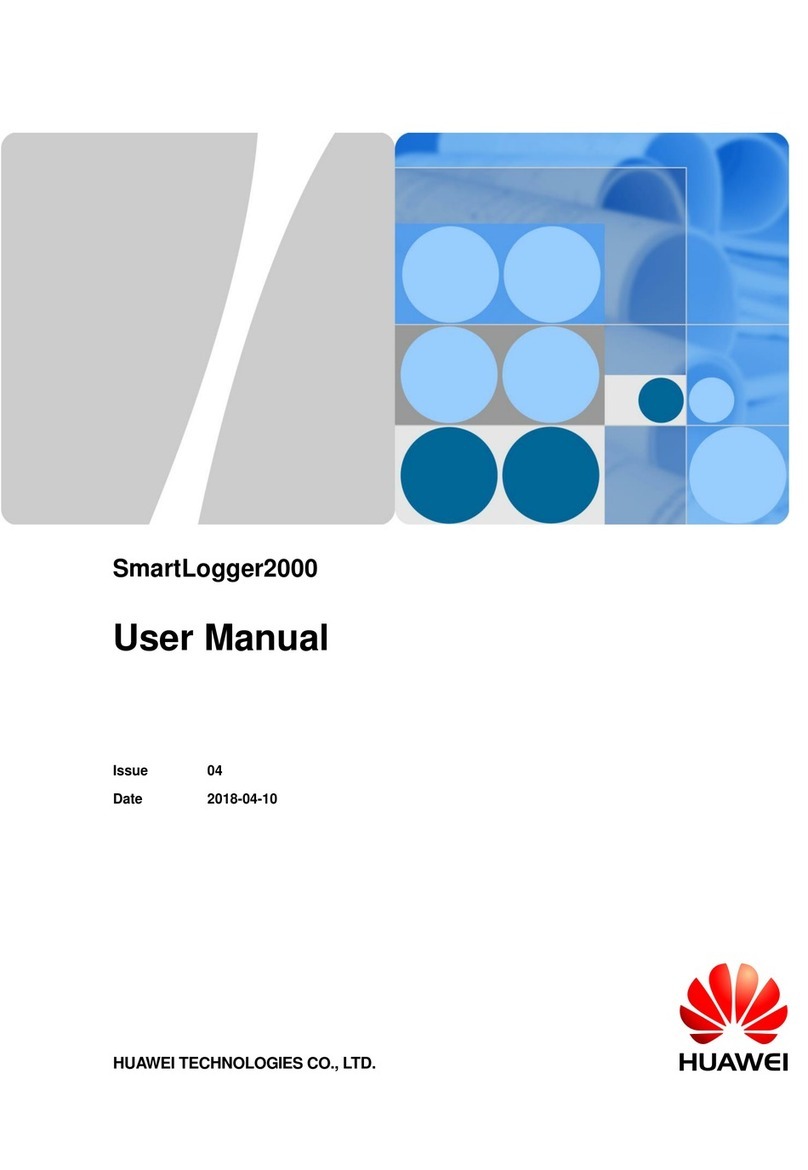
Huawei
Huawei SmartLogger2000 series User manual

Huawei
Huawei PDU8000 Series User manual
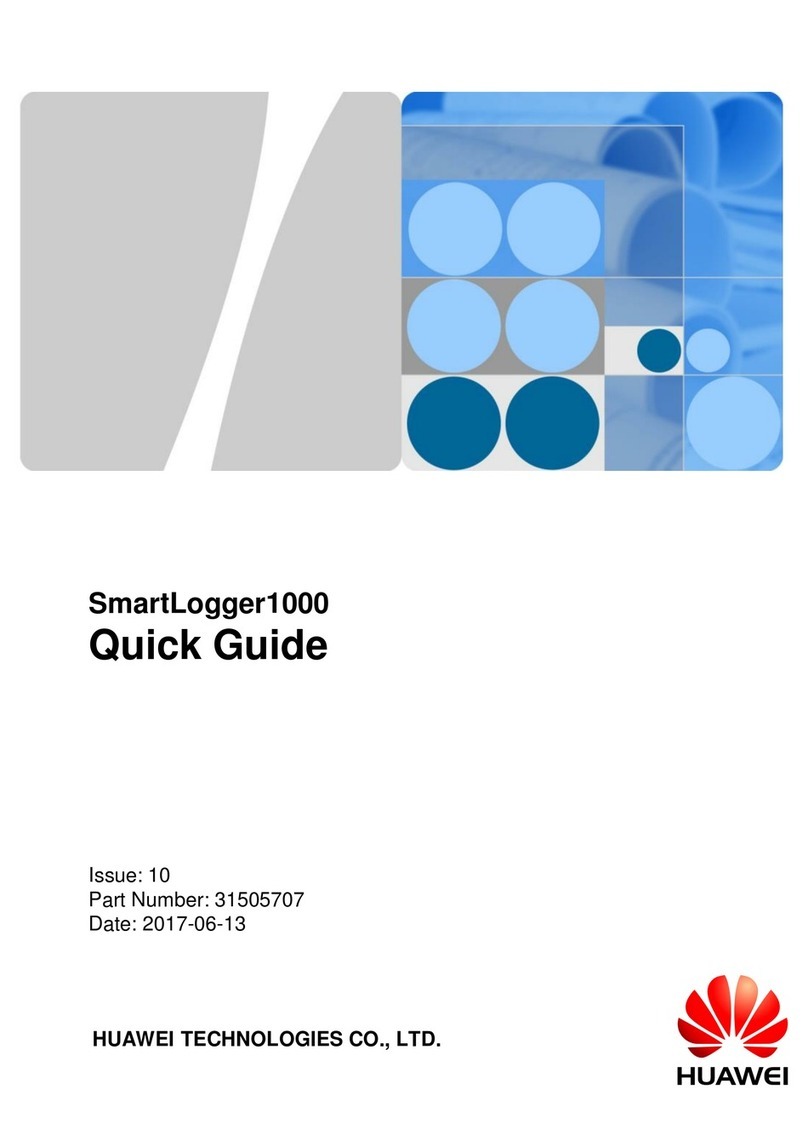
Huawei
Huawei SmartLogger1000 User manual

Huawei
Huawei FusionCol8000-E400 User manual

Huawei
Huawei SUN2000 Series User manual

Huawei
Huawei FusionDC1000B User manual

Huawei
Huawei SMU01A User manual

Huawei
Huawei iBAT 2.0-CIM01C2 User manual
Popular Measuring Instrument manuals by other brands
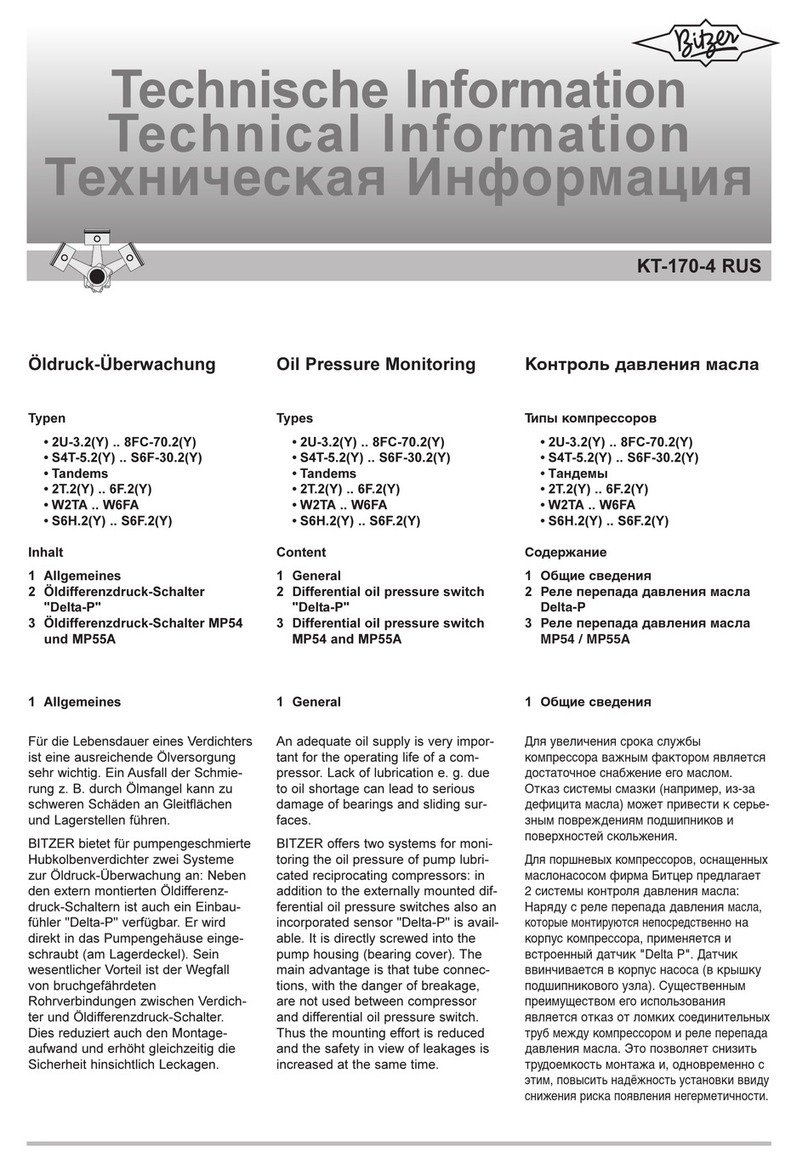
Bitzer
Bitzer KT-170-4 technical information
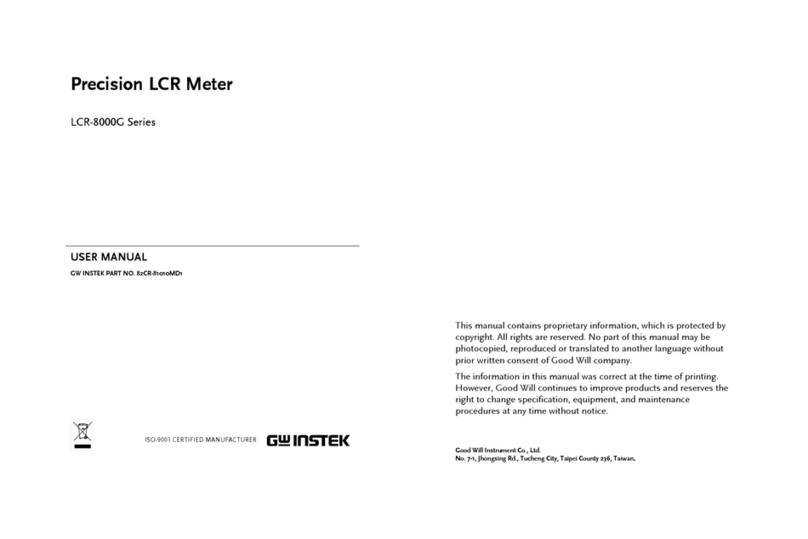
GW Instek
GW Instek LCR-8101G user manual

Efergy
Efergy Energy metering and monitoring instructions
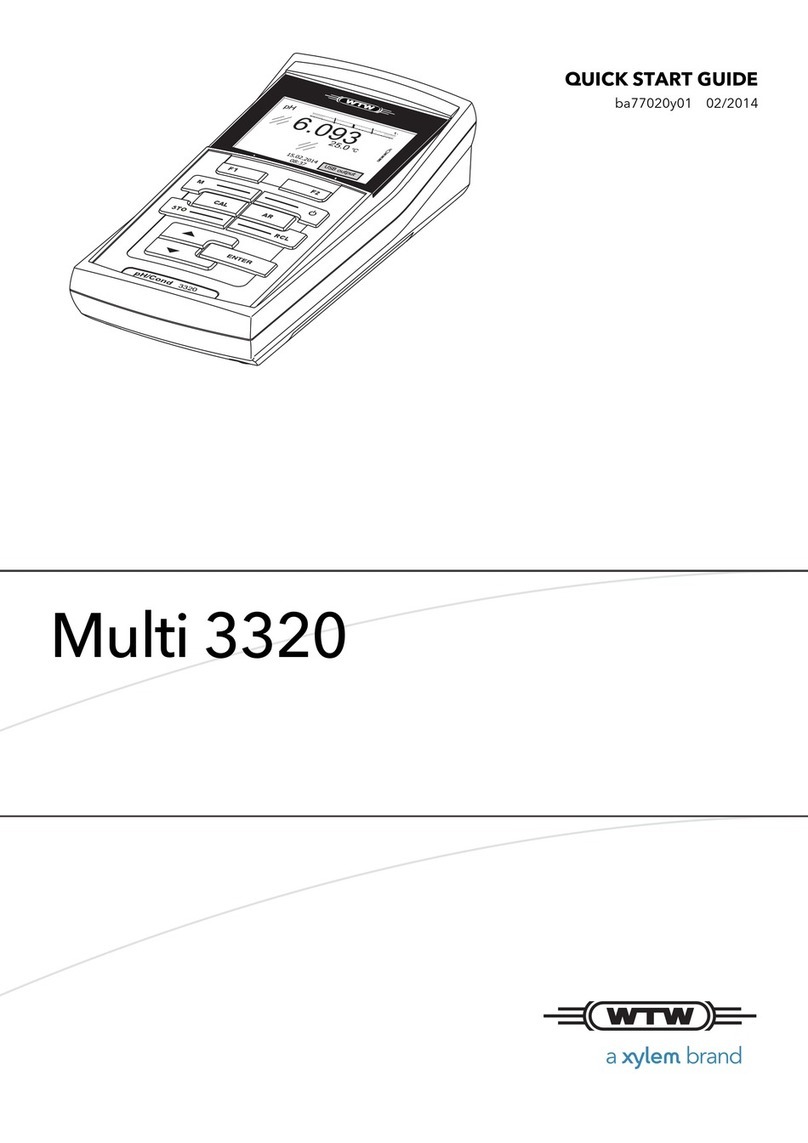
Xylem
Xylem WTW Multi 3320 quick start guide
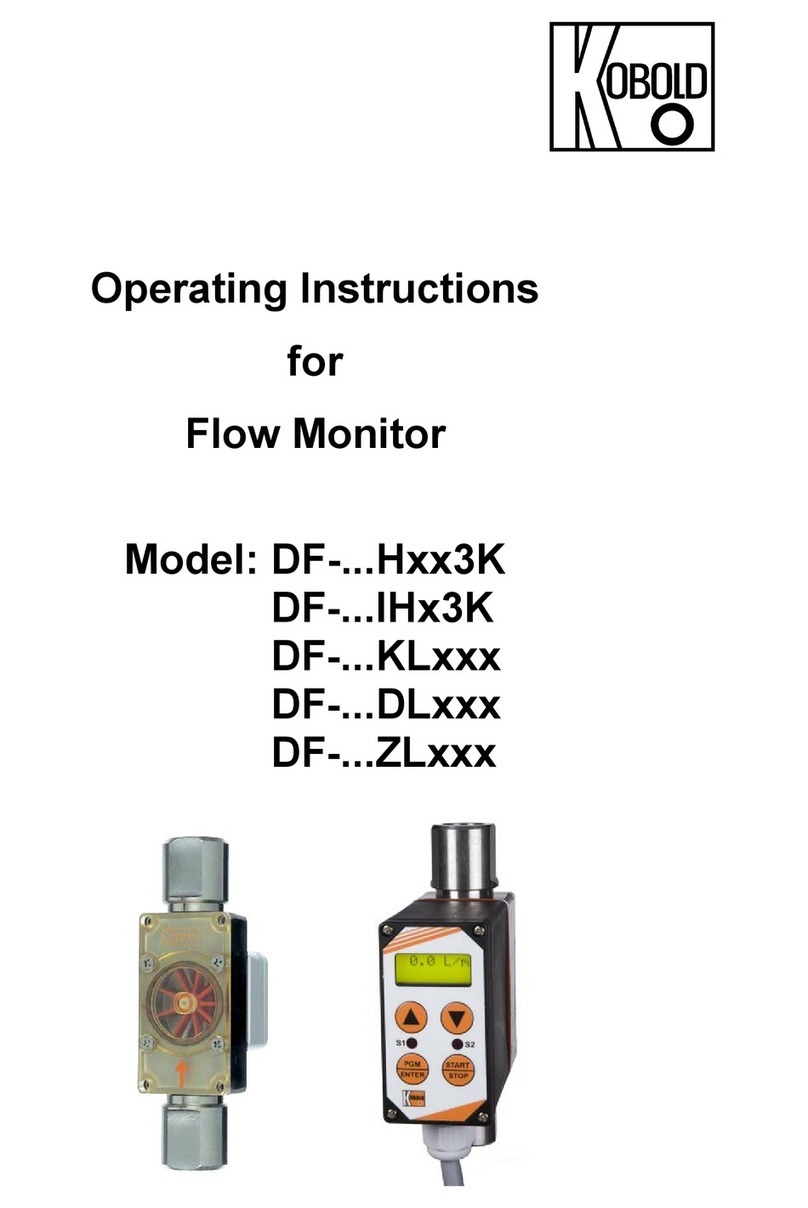
Kobold
Kobold DF H 3K Series operating instructions
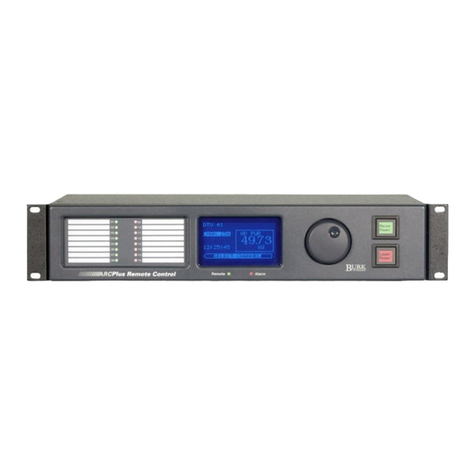
BURK Technology
BURK Technology ARC Plus Version 3 instruction manual
